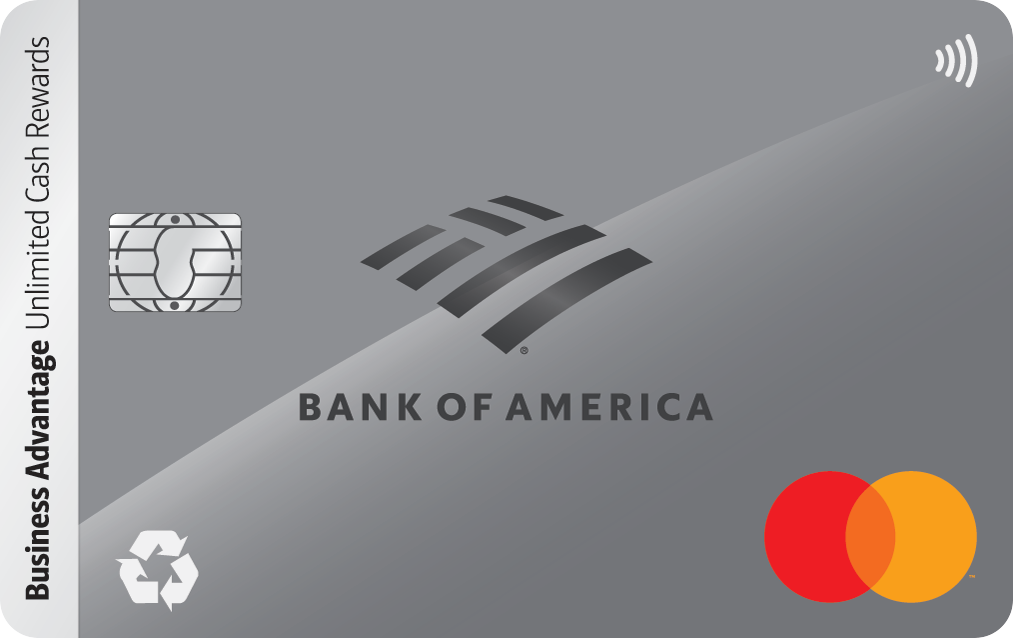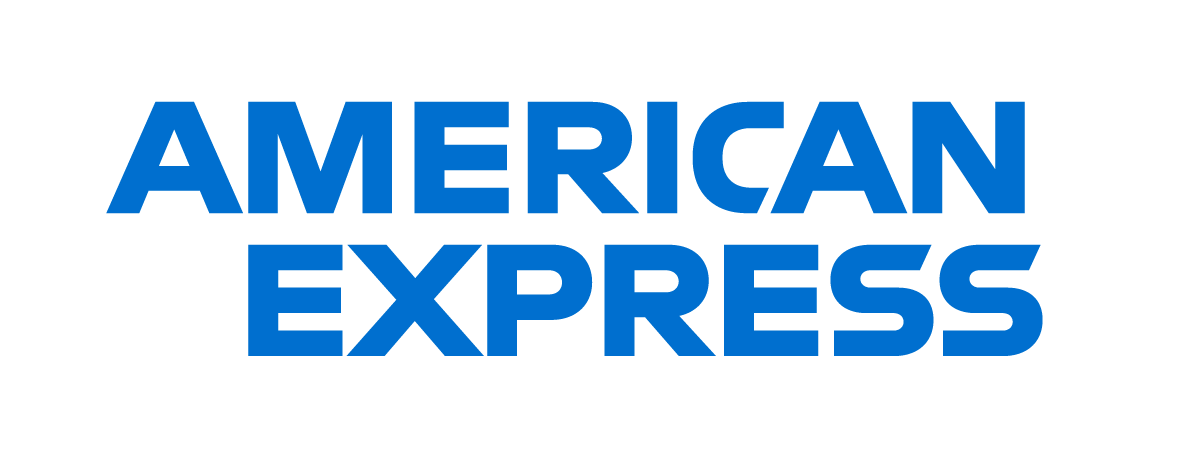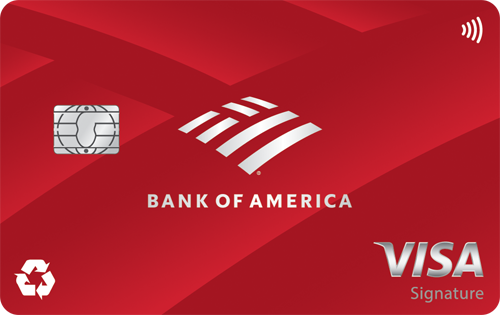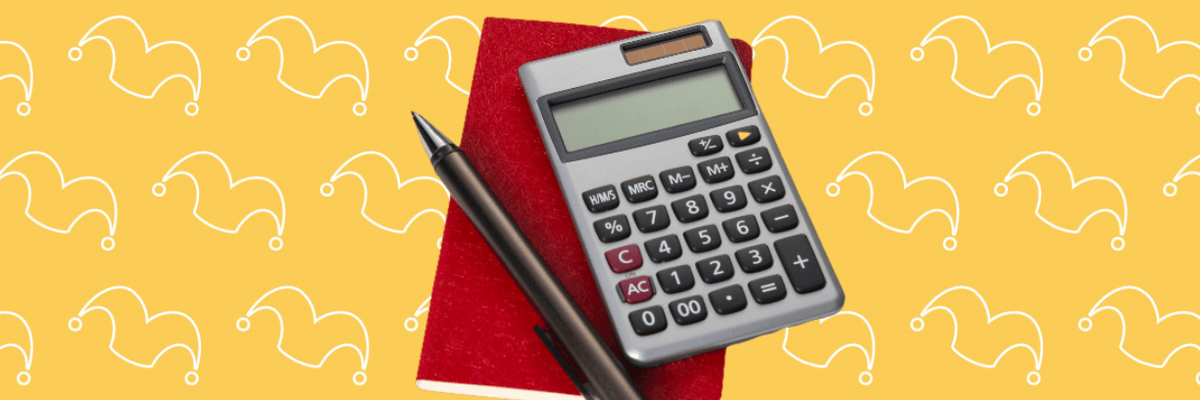What I Wish I Knew About Compound Interest in My 20s
KEY POINTS
- I waited several years into my career to set up my retirement accounts.
- If I'd opened them right away, the money I'd invested would have had more time to grow, and that's a missed opportunity I can't get back.
- Look for a home for your savings that will allow it to grow, like a high-yield savings account.
I very much enjoyed my 20s. I finished college, got my first full-time job, traveled quite a bit, and met and married my husband, to reel off some highlights. But, as I'd guess is the case for most people, I didn't make it out of that decade without a few regrets. One in particular crossed my mind recently, and I have a feeling it's one I'll think back on more as I get older. Here's why I wish I'd learned more about compound interest before I crossed into my 30s.
Saving is not enough for growth
As I said, I got my first real job after college, and it came with all the benefits you might expect -- health insurance, paid vacation time, and an office kitchen stocked with snacks. One of the great benefits was a 401(k) plan with company matching, which meant my employer would contribute a certain percentage of my income as a match if I contributed to my 401(k). The only problem was, I didn't set it up.
The main reason was because I didn't want to deal with the paperwork required to get the account up and running. But also, I've always been inclined to save rather than spend, and so I wasn't worried about putting money away for the future. I knew I had no trouble regularly transferring money to my savings account and leaving it alone, so I didn't feel inclined to set up an automatic deduction from my paycheck to fund the retirement account. It'd end up being the same, right?
Not so, young Margo. The problem with your plan is you're overlooking the growth potential that investments can provide.
The power of compounding
Compound interest means earning money on your initial investment, and then that money goes on to earn money as well, growing your sum exponentially over time.
Let's say you have $1,000. If you put it in an envelope and leave it in the back of your dresser drawer for 10 years, you'll still have $1,000 in the end. A safe choice, but you can do better.
If you instead invested that $1,000 and earned an average 10% return (which is in line with the stock market's average over the past 50 years) with the interest compounding monthly, you'd end up with $2,707.04 after 10 years. Stretch that out to 20 years, and you'd be looking at $7,328.07. And 30 years would take you well into five figures, with $19,837.40. You know how people say up and to the right is good when looking at a chart? That's exactly what you're looking at with compound interest.
Years of opportunity lost
I'm happy to say I did eventually get my act together and set up a 401(k) and individual retirement account (IRA), but I was already several years into my career at that point. Even though I'd been saving money on my own, I was putting it into a savings account earning next to nothing -- pretty much like an envelope in a drawer. I'd missed out on years of compounding interest by not letting my money earn more money for me. Yes, I'd been saving. But the sum could have been larger if I'd invested instead. And that disparity between what I now have and what I could have had will only grow as the years go on.
Even if you don't have access to a 401(k) through an employer or you don't want to set up an IRA just yet, try to find a home for your savings that will allow your money to grow. Right now, many high-yield savings accounts are earning APYs of 4.00% or 5.00%. Any cash that you don't have earmarked for near-term expenses can go into one of these accounts, and over time, you can watch that sum increase -- up and to the right.
Our Research Expert





